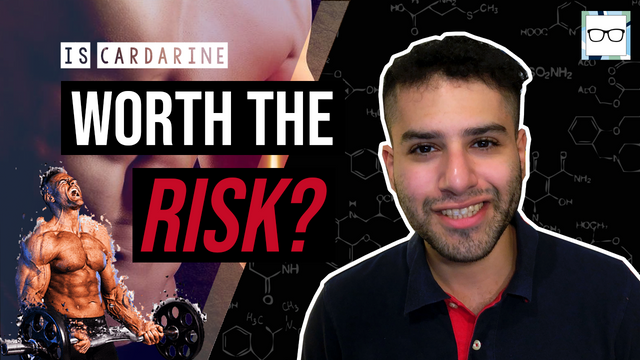
What if you could become an Olympic athlete and run as fast and as far as Mo Farah or Usain Bolt — while only doing half the work, or training?
Well.. there are actually pills that can help you do that.
These pills go by the name of “exercise pills” and they get this name because..
- They mimic the effects exercise has on the body, and therefore;
- Make you better at exercise, improving overall endurance
And one of the most popular agents in this category is GW501516, also known as Cardarine.
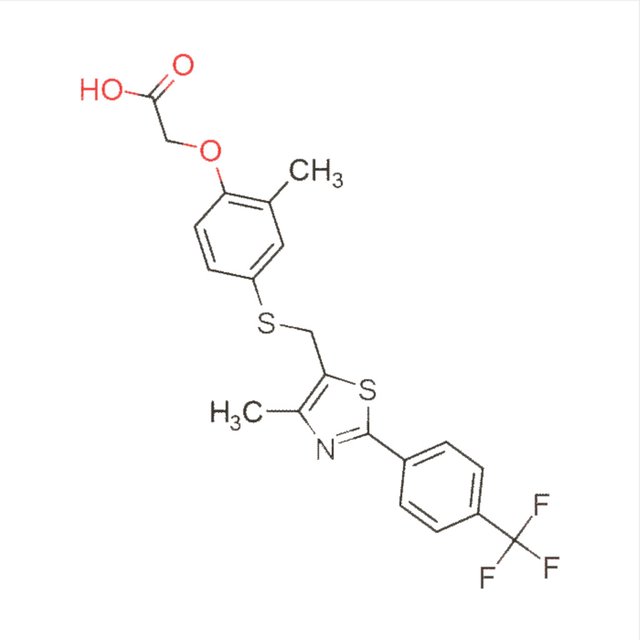
First developed by GlaxoSmithKline in 1992 as a potential treatment for obesity, type 2 diabetes and hypercholesterolemia; Cardarine seemed like the most promising thing ever. For a while anyway..
Despite the very promising initial results, GSK abandoned all Cardarine research in 2007 due to concerns that Cardarine was carcinogenic; with multiple animal studies reporting a wide range of cancers following Cardarine treatment.
Contrary to what you may think this didn’t really seem to discourage athletes, both amateur and professional from trying it out — instead, demand soared.
A black market quickly emerged to meet this high demand, with online vendors manufacturing and selling Cardarine as a “research” “not for human consumption” supplement.
And I’ve seen multiple videos on YouTube that actively promote Cardarine with the typical before and after pictures.
What I’ve not seen, however, are videos which discuss the science behind how Cardarine works to improve exercise endurance and why it may result in tumour development.
So that’s precisely what we’re going to do today.
My name is Hesham and I’m a University of Cambridge graduate and Student Doctor and this is “Doctor, Tell Me Why” — a medical YouTube channel where I explain the science behind optimising your health and today I'll be explaining the science behind cardarine; hopefully allowing to make up your mind whether it's worth the risks or not.
Cardarine improves exercise endurance by activating a group of receptor proteins known as Peroxisome Proliferator Activated Receptor. Or just PPAR for short.
Broadly speaking there are three subtypes of these PPAR proteins, alpha, delta and gamma and Cardarine appears to be over one thousand times more selective for the delta subtype.
Incidentally, the delta subtype is overly represented in skeletal muscle; outnumbering PPARalpha and PPARgamma in skeletal muscle by 10-fold and 50-fold, respectively.

This probably has something to do with the fact that PPARdelta plays an important role in fat metabolism; which happens to be the main source of energy in endurance type exercise.
In short, PPARdelta activates genes inside muscle cells that make fat a more readily available source of energy — reprogramming your muscles to run faster for longer without fatigue.
And this is what got GlaxoSmithKline interested in Cardarine in the first place — its ability to increase skeletal muscle’s consumption of fat and hence reduce blood cholesterol levels, protecting those at risk from heart attacks and strokes.
But then they got so much more than they bargained for.
Cardarine was able to improve exercise performance in an animal model by over 70%, with a notable shift from carbohydrate to fat metabolism.
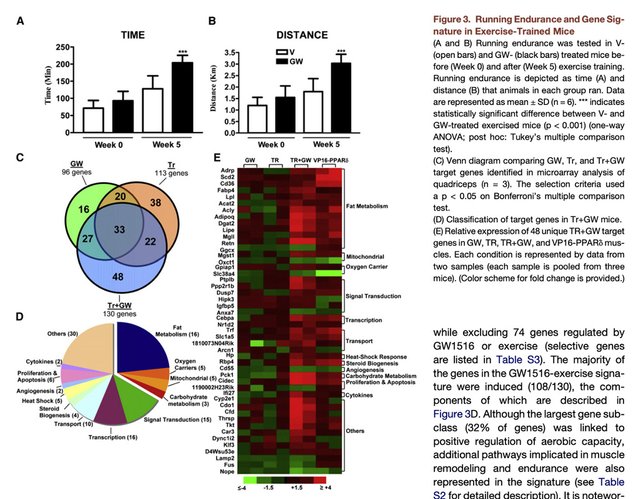
It’s important to recognise that Cardarine did not achieve these effects when administered alone — but was only effective in conjunction with exercise.
Therefore, it’s not really a substitute for exercise — but it augments the effects exercise has on the body. And reprogramming cellular fat metabolism isn’t the only way it does this..
Cardarine also improves blood flow to skeletal muscle through a process known as angiogenesis, where new blood vessels sprout off of old ones.
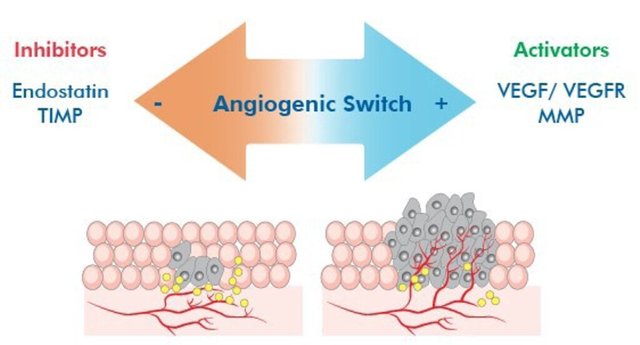
This is obviously something that is desirable if you’re looking to improve blood flow to skeletal muscle and hence exercise performance.
But perhaps not so much in the case of tumour development as angiogenesis is a central determinant of whether a benign tumour turns malignant; spreading to distant areas of the body and also meeting the feeding demands of the ever growing original tumour.
And so long term administration of high doses of Cardarine on rats and mice resulted in multiple tumour growths — everything from colorectal to uterine cancer.
You can see why GlaxoSmithKline decided to abort all research into Cardarine at that point.
One thing that really sticks out though is the high doses used in these animal studies. The scientists dosed the rats and mice with anything between 30 to 100mg/kg of cardarine every day.
This is quite significant as another study on obese monkeys was able to demonstrate Cardarine to be effective at lowering blood cholesterol levels at doses as low as 0.3mg/kg.
You can see from the table how the HDL, or good cholesterol, significantly increased while Triglycerides, the bad cholesterol, fell in a dose dependent manner.

This study along with several others using lower doses of Cardarine did not show Cardarine to have any significant adverse side effects.
And for context, 0.3mg of Cardarine is 100x the dose of 30mg of Cardarine.
It’s obvious that Cardarine has a narrow therapeutic index; meaning that the difference between the therapeutic and toxic dose is smaller than we’d ideally like
The thing is we already have lots of drugs, like warfarin, digoxin and lithium which all have a narrow therapeutic index — anyone who is prescribed warfarin or lithium will typically get regular blood tests to make sure that they’re within this narrow therapeutic window, the pharmaceutical goldilocks zone if you like.

This is because these drugs, are all in the habit of accumulating inside your body.
When Cardarine accumulates and fully activates all the PPARdelta receptor proteins, it will look for other targets to attach to which may explain the poor survival and cancers associated with doses higher than 10mg/kg/day.
So why abandon Cardarine while there are other drugs like warfarin and lithium that are prescribed everyday and have a much lower therapeutic index?
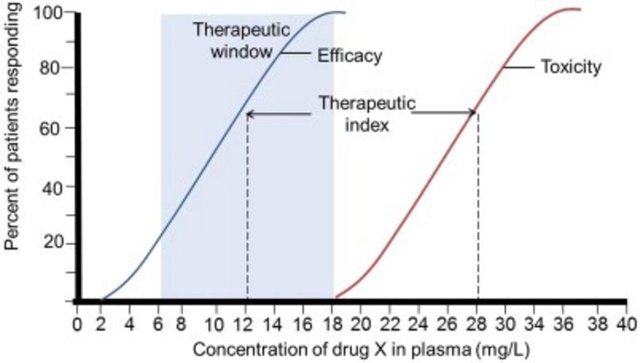
Well it’s probably because all these other drugs are necessary as in they actually save people’s lives and while it’s true that Cardarine is very effective in improving the blood’s cholesterol profile — we already have drugs that do that, statins, and they’re very safe and effective.
So why take an unnecessary risk?
This leaves Cardarine with just one job, as a magical chemical that augments exercise allowing you to achieve your fitness and athletic goals in a much shorter timeframe.
And that’s just not something that proved very popular.
At least legally.
Has anyone tried Cardarine? Would be really keen to hear anyone's personal experience using the drug..
Downvoting a post can decrease pending rewards and make it less visible. Common reasons:
Submit